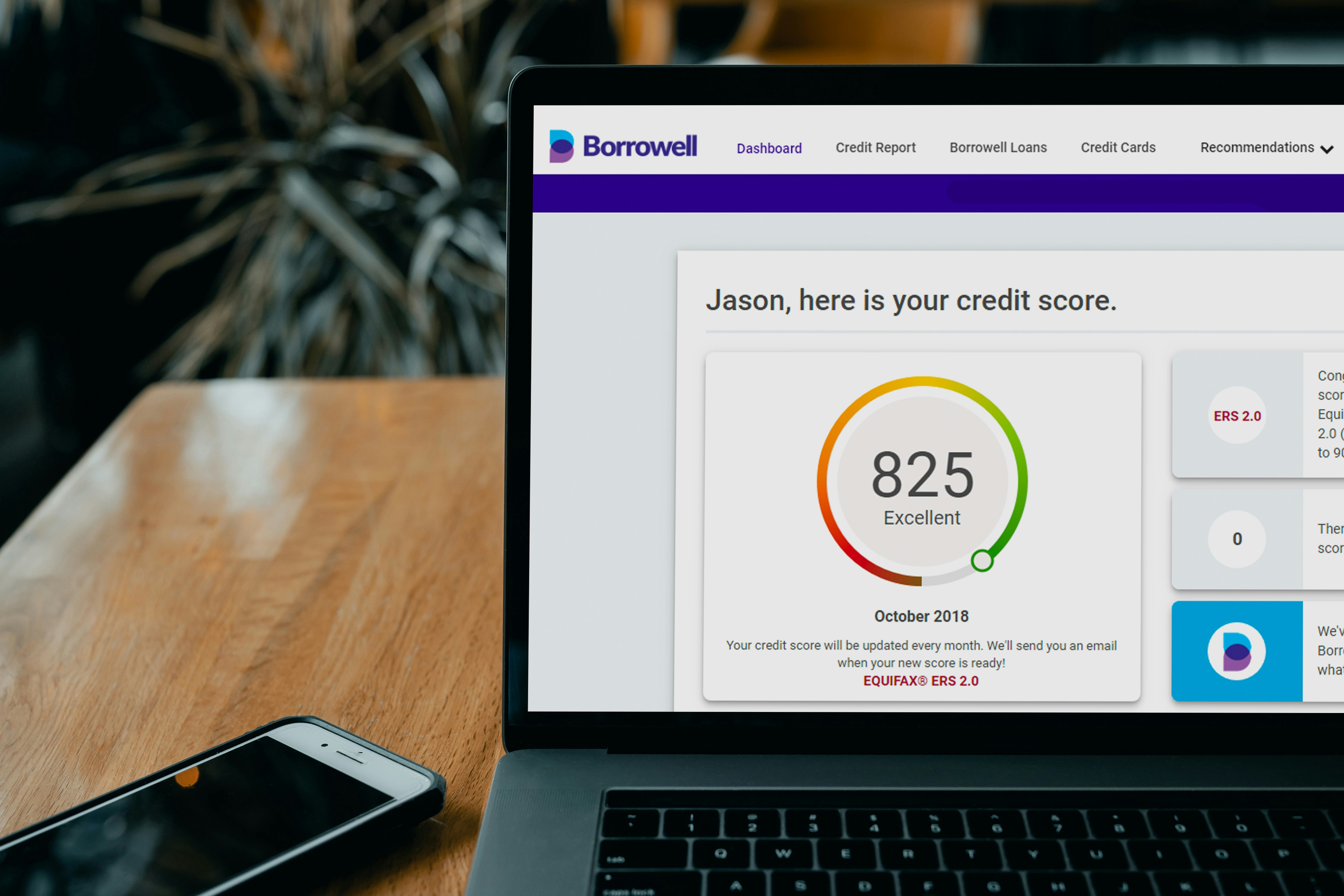Understanding Affordable Health Insurance
Affordable health insurance is a critical component of financial security and access to necessary medical care. It typically refers to health insurance plans that feature low monthly premiums, manageable deductibles, and reasonable out-of-pocket costs. These characteristics are vital for individuals and families seeking to ensure they have sufficient medical coverage without incurring undue financial strain.
Low monthly premiums are often the first aspect consumers look for when evaluating affordable health insurance options. A plan with a premium under $100 per month may be especially appealing for those on a limited budget. However, it is crucial to understand that while a low premium can reduce immediate costs, it often comes with trade-offs. These could include higher deductibles and limited provider networks that may not accommodate one’s specific healthcare needs.
Another essential element of affordable health insurance is the deductible. This is the amount that each insured individual must pay out-of-pocket for healthcare services before the insurance begins to cover costs. Plans with lower premiums typically come with higher deductibles, which can be significant for families needing frequent medical attention. Balancing the cost of premiums against the potential out-of-pocket expenses when choosing coverage is essential for aligning the insurance plan with one’s financial capabilities.
Moreover, out-of-pocket costs, including copayments and coinsurance, vary widely among different policies. Even plans advertised as affordable can sometimes lead to unexpectedly high costs when accessing healthcare services. Therefore, understanding the complete financial picture—including premiums, deductibles, and out-of-pocket responsibilities—is crucial for making informed decisions about affordable health insurance that meets individual health needs and budget constraints.
Eligibility for Low-Cost Health Insurance
Determining eligibility for affordable health insurance is a critical step for individuals and families seeking coverage under $100 per month. Various factors, including income levels, household size, and family circumstances, play a significant role in defining who can access low-cost health insurance plans. Understanding these criteria can empower applicants to navigate through available programs effectively.
Income levels are typically the primary consideration for eligibility. Many affordable health insurance programs require applicants to have a household income that falls below a certain threshold, often expressed as a percentage of the federal poverty line. For instance, Medicaid is a joint federal-state program designed for low-income individuals and families, which generally covers those earning less than 138% of the poverty level. However, income limits can vary by state and may offer expanded coverage under some conditions.
Additionally, household size is a crucial factor in determining eligibility. Larger households may have a higher income threshold, allowing them to qualify for low-cost health insurance or Medicaid despite a relatively higher household income compared to individuals or smaller families. This ensures that health insurance remains affordable across varying socioeconomic situations.
Special circumstances can also affect eligibility. For example, pregnant women, children, and individuals with disabilities may qualify for specific programs designed to provide comprehensive coverage. The Children’s Health Insurance Program (CHIP) is particularly noteworthy, providing coverage for children in families earning too much to qualify for Medicaid but still requiring affordable health insurance options.
In conclusion, understanding the intricate details of eligibility criteria for low-cost health insurance is essential for maximizing benefits available to individuals and families. It is crucial to explore options like Medicaid and CHIP, which can serve as valuable resources in attaining coverage under $100 per month.
Government Programs and Subsidies for Health Insurance
In the pursuit of affordable health insurance, government-sponsored programs and subsidies play a crucial role in making coverage accessible to many individuals and families. One of the most significant frameworks facilitating this access is the Affordable Care Act (ACA), which was enacted to increase health insurance availability and affordability in the United States. The ACA provides substantial support for low-income families, ensuring that they can secure essential health coverage at manageable costs.
The ACA established health insurance marketplaces where individuals can compare and purchase plans that meet their needs. Notably, these marketplaces offer subsidies based on household income, which can significantly reduce monthly premiums. For families with incomes between 100% and 400% of the federal poverty level, this assistance can lead to affordable health insurance coverage, often at rates of under $100 per month. Furthermore, for those eligible for Medicaid due to their income level, they may qualify for even lower costs or potentially free coverage.
In addition to the ACA, various states have implemented their own initiatives to enhance coverage options. Some states have expanded Medicaid beyond the federal guidelines, offering health insurance to a broader demographic of low-income residents. These expansions and programs are vital in creating a safety net for those who may otherwise go without insurance. It is encouraged for individuals to explore their eligibility for different programs and subsidies available through their state, as these can lead to significant financial relief.
As families navigate their health insurance options, understanding these government programs and subsidies can empower them to secure affordable coverage. The availability of such assistance underscores the importance of being informed and proactive in seeking out healthcare solutions that meet both medical needs and budgetary constraints.
Health Insurance Marketplace: How to Utilize It
The Health Insurance Marketplace is an online platform established under the Affordable Care Act, designed to facilitate access to affordable health insurance options for individuals and families. It enables consumers to compare various health plans based on price, coverage, and benefits, ultimately helping them select a policy that best meets their needs and budget.
The Marketplace features a range of insurance providers that offer different levels of coverage under $100/month, depending on income and eligibility. To use the Marketplace effectively, individuals first need to visit the official website or contact local assistance programs that can guide them through the process. Upon accessing the site, users must create an account, providing necessary information about their household, including income levels and number of dependents, which will determine their eligibility for subsidies or lower premiums.
Enrollment in health plans generally occurs during specific open enrollment periods each year. These periods are usually set annually, allowing individuals the opportunity to sign up for coverage. However, there are also special enrollment opportunities that may arise due to significant life changes such as marriage, childbirth, or loss of prior health coverage. Understanding these timelines is crucial for securing affordable health insurance, ensuring one does not miss out on potentially lower-cost plans or financial assistance available through the Marketplace.
Once enrolled, beneficiaries can access a variety of benefits, including preventive services, emergency care, and hospitalization. The Marketplace also offers resources to help navigate the complexities of selecting a plan, ensuring that consumers make informed decisions that align with their healthcare needs and financial constraints.
By leveraging the Health Insurance Marketplace, individuals can take significant steps toward obtaining health coverage that is not only accessible but also affordable, helping to ensure their overall well-being and financial security.
Types of Health Insurance Plans Available Under $100/Month
When searching for affordable health insurance options that provide coverage under $100/month, it’s essential to understand the different types of plans available. Three notable categories include bronze plans, catastrophic plans, and short-term health insurance. Each of these plans caters to various healthcare needs and financial situations, making them suitable for a diverse range of individuals.
Bronze plans, typically available through the Health Insurance Marketplace, offer a lower premium option. Though they come with higher deductibles, bronze plans cover 60% of average healthcare costs while the policyholder pays the remaining 40%. This type of health insurance is ideal for those who expect to have minimal medical expenses and wish to protect against high costs from unexpected health issues. Additionally, bronzed coverage ensures that essential health benefits are included, adhering to the standards set by the Affordable Care Act.
Catastrophic plans are another affordable option designed for younger individuals or those who qualify for financial hardship exemptions. Catastrophic health insurance has low monthly premiums, often under $100/month, with high deductibles that must be met before the plan covers most healthcare services. However, these plans do cover three primary care visits per year before the deductible is met, making them suitable for those who are mainly looking for protection against high-cost emergencies.
Short-term health insurance emerges as a flexible alternative for individuals in transitional periods, such as those between jobs or waiting for other channels of coverage to begin. These plans are generally less comprehensive than traditional health insurance, but they can provide essential protection at an economical price. Moreover, short-term plans can be tailored to last from a few months up to a year, offering an affordable solution during times of uncertainty.
In conclusion, exploring these diverse types of health insurance plans can assist individuals in achieving affordable healthcare coverage while catering to their specific needs and circumstances.
Tips for Finding Affordable Health Insurance
Finding affordable health insurance can seem daunting, especially when searching for coverage under $100/month. However, with the right approaches, individuals can navigate the complex landscape of health insurance options more effectively. One of the first steps in this process is to compare quotes from various insurers. Utilizing online comparison tools allows potential policyholders to view a range of plans and premiums side by side, making it easier to identify policies that fit their financial constraints.
When exploring different health plans, it is essential to understand the critical terms and features associated with each policy. Key factors to evaluate include premiums, deductibles, copayments, and out-of-pocket maximums. Familiarity with these terms will empower consumers to assess which plans not only fit within their budget but also align with their healthcare needs. For example, a plan with a lower premium might come with higher out-of-pocket costs, which could end up being more expensive in the long run.
Moreover, leveraging online calculators can be an effective strategy to estimate potential costs associated with specific plans. These tools help to break down expenses based on individual healthcare usage and can provide forecasts that assist in making more informed decisions. Additionally, engaging with a licensed insurance agent can offer personalized support in finding affordable health insurance. Agents have access to extensive resources and can explain plan specifics, matching consumers with policies that fit both their budget and healthcare requirements.
By taking advantage of the resources available and being diligent in comparing offers, individuals seeking affordable health insurance can increase their chances of finding suitable coverage under $100/month while ensuring they receive the necessary medical services when needed.
Important Considerations When Choosing a Plan
When selecting an affordable health insurance plan, it is imperative to evaluate several critical factors to ensure that the coverage meets your health needs while remaining within your budget. One of the most significant considerations is network coverage. Health insurance plans often operate within a network of providers, and going outside this network can result in substantially higher out-of-pocket costs. Therefore, ensuring that your preferred healthcare providers and facilities are included in the plan’s network is essential.
Equally important is understanding the out-of-pocket maximums associated with the plan. The out-of-pocket maximum is the highest amount you will pay for covered services in a policy year. This feature is particularly vital for individuals with chronic health issues or those who anticipate needing extensive medical care. A plan with a lower monthly premium may have a higher out-of-pocket maximum, which could negate the cost benefits if significant medical care is needed. Carefully calculating potential healthcare expenses in relation to the out-of-pocket limits will aid in making an informed choice.
Additionally, consider preventative care benefits when selecting an affordable health insurance plan. Many plans offer essential preventative services at no upfront cost, such as vaccinations and screenings. Coverage for these services promotes proactive health management and can ultimately lead to significant healthcare savings over time. Explore the list of preventative services included in the plan to ensure that it aligns with your health priorities, especially if you are looking to maintain a preventative health regime.
In summary, choosing the right affordable health insurance involves a thorough assessment of network coverage, out-of-pocket maximums, and preventative care benefits. By prioritizing these factors in line with personal health needs, individuals can secure a plan that not only offers coverage under $100/month but also maintains quality and accessibility to necessary healthcare services.
Common Misconceptions About Low-Cost Health Insurance
When considering affordable health insurance options, numerous misconceptions often surface that can cloud judgment and influence decision-making. One prevalent myth is the belief that low-cost insurance equates to inadequate coverage. Many individuals assume that if they pay less than $100/month, the policy must lack essential benefits or provide subpar services. However, this is not necessarily true. Many insurance providers offer comprehensive plans at reduced premiums due to factors such as subsidies, state regulations, and competition in the market. Consequently, it is possible to acquire quality health coverage without straining one’s budget.
Another common misunderstanding revolves around accessibility. Some people perceive affordable health insurance options as only available to certain demographics, such as low-income individuals or those with specific employment types. In reality, plans designed for coverage under $100/month are broadly accessible. Whether you are self-employed, a student, or in between jobs, various options exist to fit diverse financial situations. By researching and utilizing various platforms like state health insurance exchanges or non-profit organizations, individuals can discover a range of policies that suit their specific needs.
Additionally, potential enrollees might think that applying for affordable health insurance involves an overly complicated process. While navigating through different policies and understanding terminologies can be daunting, many resources provide assistance in enrollment. Agents and online comparison tools can aid in simplifying the process, making it easier to identify suitable plans without overwhelming strain. Thus, it is crucial to clarify these misconceptions to empower individuals to explore their options confidently.
Ultimately, understanding these myths will help individuals evaluate affordable health insurance options effectively and recognize the potential benefits and coverage available within their financial capabilities.
Resources for Affordable Health Insurance Information
Finding affordable health insurance can often be overwhelming, especially with the myriad of options available. To simplify your search for coverage under $100/month, leveraging reliable resources is crucial. Numerous organizations and websites can assist individuals seeking information on affordable health insurance.
One of the most authoritative resources is HealthCare.gov, the official website of the Health Insurance Marketplace. This site allows users to compare different health insurance plans, assess eligibility for subsidies, and determine coverage options fitting within budget constraints. The site is particularly beneficial during open enrollment periods and provides comprehensive guides on how to apply.
Additionally, Kaiser Family Foundation is a reputable source that conducts extensive research on health coverage. Their interactive tools and detailed reports offer insights into state-specific health insurance markets and types of affordable health insurance available. This organization also covers common healthcare topics which can enhance your understanding of insurance mechanisms.
Another valuable resource is National Association of Health Underwriters (NAHU). This professional association provides information about licensed insurance agents who can guide individuals in selecting suitable plans. Engaging with an experienced agent can help navigate the complex decisions related to health coverage, ensuring you make informed choices regarding affordable options.
Lastly, consider exploring Insure.com, a site dedicated to comparing insurance providers. It allows users to see side-by-side comparisons of various plans, helping individuals find coverage that suits their financial situation while maximizing benefits. By utilizing these resources, individuals can better understand their health insurance options and identify affordable health insurance that meets their needs.







